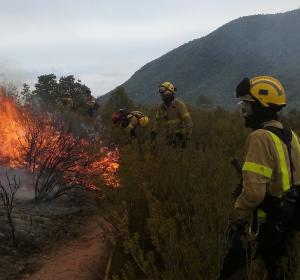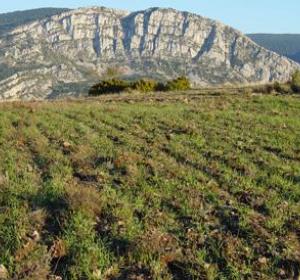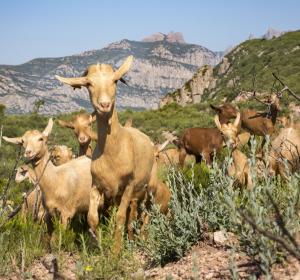Open spaces
Leaving pastures, mown fields and crops fallow because it is not profitable to farm them is an invaluable loss to our cultural and environmental heritage.
We work to preserve a landscape that is diverse and rich in environments
Failing to manage pastures or crops can lead to obvious changes in the landscape, such as forests colonising the land. This means an increase in forest mass and therefore a higher risk of uncontrolled fires. Another consequence is the notable impoverishment of biodiversity, given that a wide variety of ages-old flora and fauna are adapted to live in these open areas.


